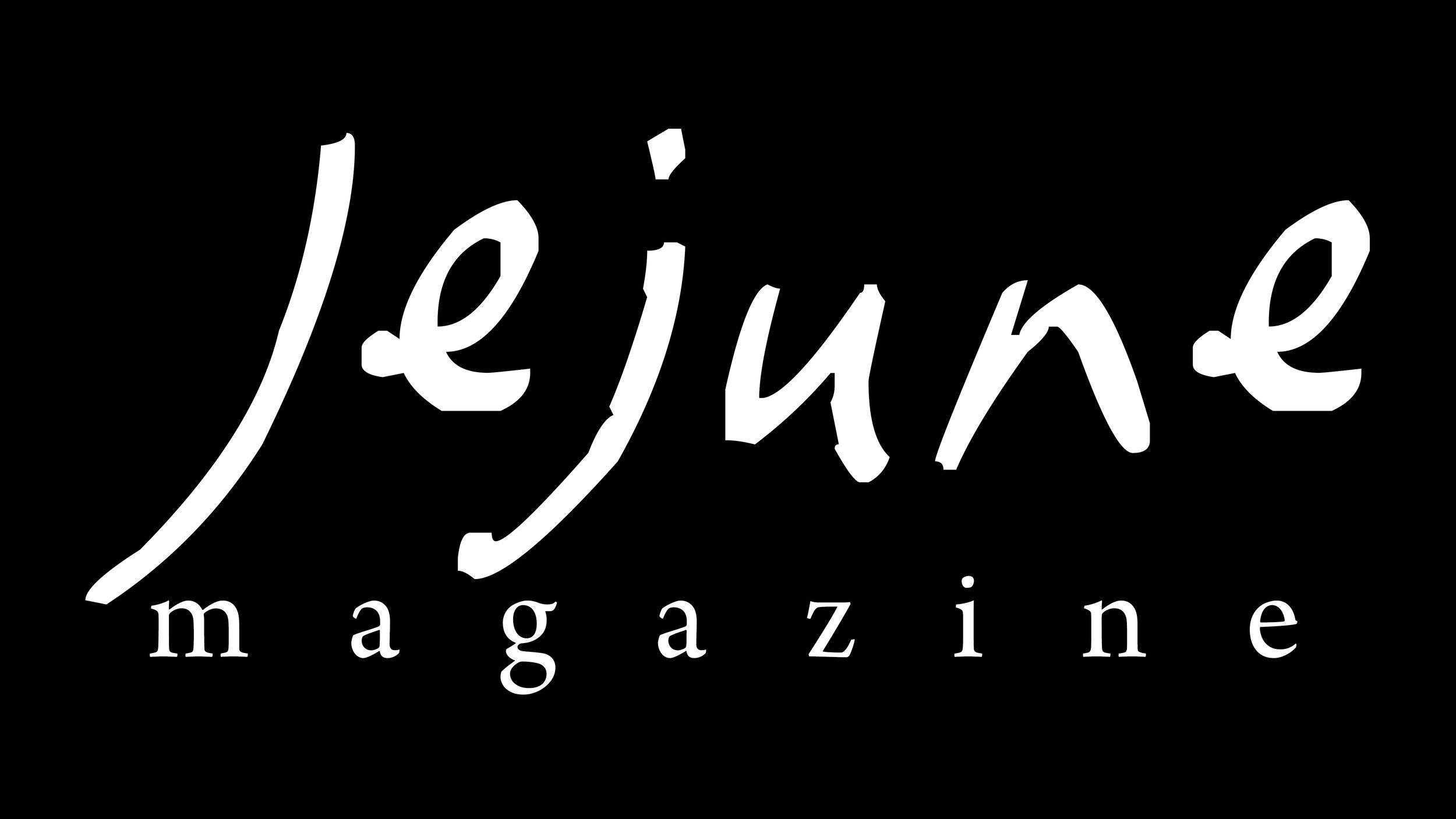Curating Freedom: Art as Resistance in the Story of Harriet Tubman
Portrait of Harriet Tubman, 1959, by James DeLoache (American, b. 1926). Oil on canvas, 32 5/8 x 26 inches. Collection of the Hampton University Museum, Hampton, VA.
Tucked within the walls of the Gibbes Museum in Charleston, a powerful new exhibition brings to light a lesser-known chapter of Harriet Tubman’s legacy—the daring Combahee River Raid. Led by Sara Arnold, Director of Curatorial Affairs and Chief Curator, the show is a collaborative effort between historians, artists, and descendants whose stories converge to reframe how we see Tubman—not just as a conductor on the Underground Railroad, but as a military strategist and liberator. Picturing Freedom weaves together contemporary art, archival materials, and environmental photography into a rich, immersive narrative. What unfolded behind the scenes to bring this story to life? Read to find out more.
Where are you based?
Charleston, South Carolina.
What inspired the opening of this exhibit?
When Dr. Fields-Black and J. Henry Fair first approached us back in 2022, we knew right away it was a powerful story that needed to be shared. As a visual arts museum, we understand how much impact imagery can have, so the idea of bringing Harriet Tubman’s role in the Combahee River Raid to life through art felt both exciting and important.
Picturing Freedom delves into a lesser-known chapter of Harriet Tubman’s legacy, the Combahee River Raid. How did this exhibition come to life at the Gibbes?
This chapter of history isn’t widely known, and Dr. Fields-Black’s research is the fullest account of this story ever published. Her partnership with J. Henry Fair to create photographs and video works to further the visual telling of the event was something we wanted to build on. To help bring this story to life, we invited Dr. Thaxton Ward to join us as guest curator. Her perspective helped shape the direction of the show in a meaningful way. She brought together a dynamic mix—paintings, sculpture, archival and contemporary photography, digital works, and cultural objects. Each piece adds to the depth and texture of the narrative.
Harriet (née Araminta Ross), 2021 by Terry Plater (American). Oil on canvas, 36 x 36 inches. Private Collection.
You collaborated with historian Dr. Edda Fields-Black and photographer J Henry Fair. How did their work shape the narrative and visual pulse of the show?
One of the most impactful parts of the show is the film interviews conducted by Dr. Fields-Black and J. Henry Fair. They spoke with descendants of those who were enslaved on plantations along the Combahee River—some whose ancestors escaped during the raid itself. These accounts, paired with their portraits and Fair’s contemporary imagery of the landscape, add personal dimension to the exhibition. It’s not just about history—it’s about memory, legacy, and resilience.
Can you break a Harriet, 2024 by Kevin Pullen (American, 1955). Acrylic on canvas, 60 x 80 inches. Courtesy of the artist.
Visitors see a powerful mix of contemporary and historic art, environmental photography, archival materials, and multimedia. What curatorial choices guided this layered storytelling?
Tubman is an icon whose image has inspired masters like Jacob Lawrence, William H. Johnson, and Aaron Douglas, but her story is also explored by young contemporary artists like Stephen Towns who has created a full series on Tubman inspired by her role in the Combahee Raid. It is powerful to see these artistic interpretations in conversation with one another in the galleries.
To learn more about the Gibbes Museum and this exhibit, follow the links below:
Facebook, Instagram, Website






